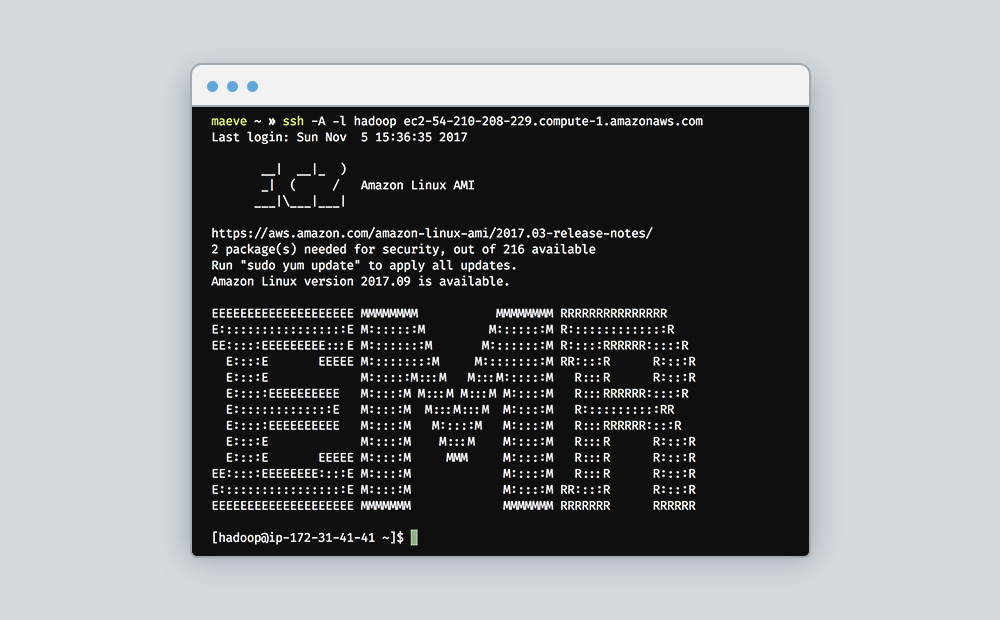Software Engineering
<- Return to all blogs
-

Generating Pyramided Tiles from a GeoTIFF using GeoTrellis
A tutorial for generating pyramided map tiles (also called Slippy Map tiles) from a GeoTIFF using GeoTrellis, which can be used in Leaflet or OpenLayers.
-
Generating Pyramided Tiles from a GeoTIFF using GeoTrellis
A tutorial for generating pyramided map tiles (also called Slippy Map tiles) from a GeoTIFF using GeoTrellis, which can be used in Leaflet or OpenLayers.

-
Provisioning ACM Certificates on AWS with Terraform
Learn how to create and validate certificates with a reusable Terraform module.

-
JDI Mind Tricks
I have always used a REPL driven approach to Clojure development and this has been very productive, but at times I have really missed the old school approach of setting break points and stepping through code, examining variables along the way. While there are some very capable solutions that get me part of the way…
-
D3 chart data scrubber in Angular
Open-source code with instructions to create an interactive feature like a data scrubber in Angular (Angular 2, Angular 4+) when mousing over a d3.js chart or visualization.
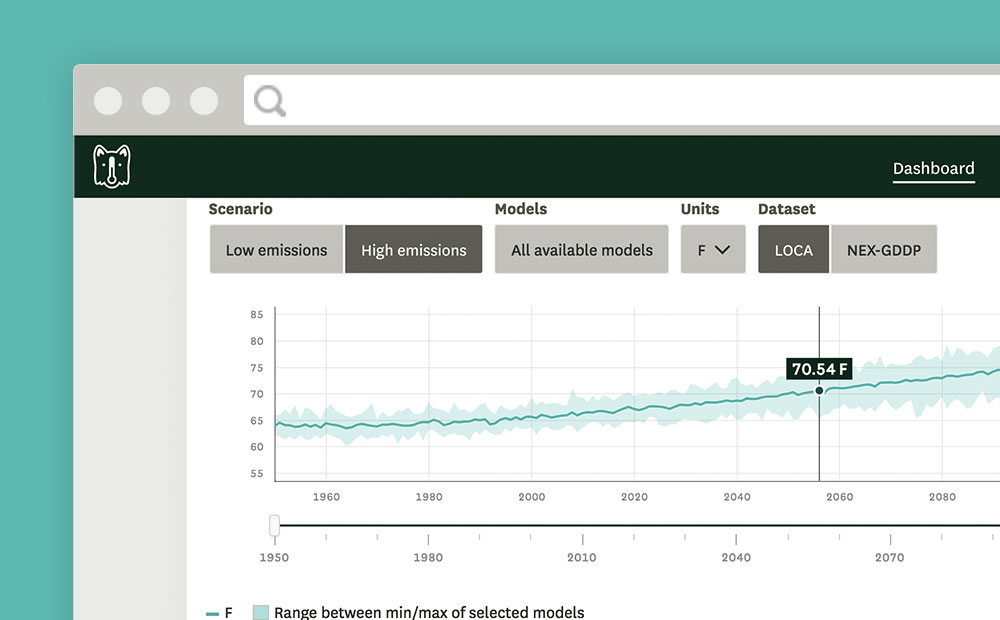
-
How to Build a Geoprocessing App with GeoTrellis and React
Follow this guide to set up a geoprocessing web application using GeoTrellis, Akka HTTP, and React.
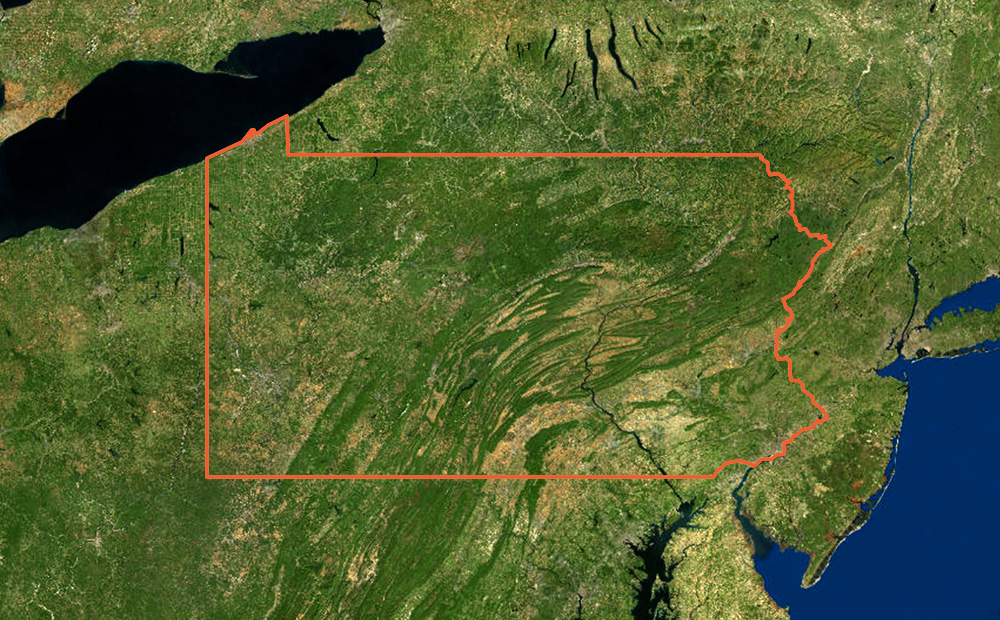
-
Repeatable Data Processing Workflows with Docker and Make
View the code and methods for how we used Docker and Make to create data processing workflows that match the rigor of our software development workflows.
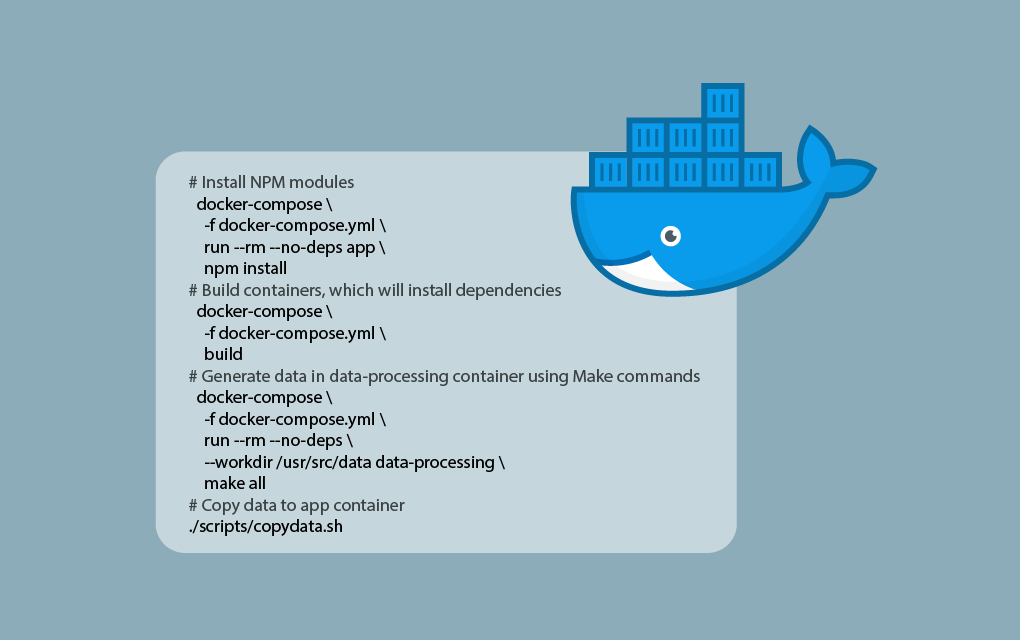
-
Predicting Land Use in the Amazon using Deep Learning
Learn about our methods and results leveraging our RasterVision deep learning project to predict land use in satellite images of the Amazon.

-
Weighing Scalaz vs Cats Scala Libraries for GeoTrellis
After a thorough research period that compared the Scalaz and Cats libraries in depth, GeoTrellis has decided to use the Cats library. Find out why…
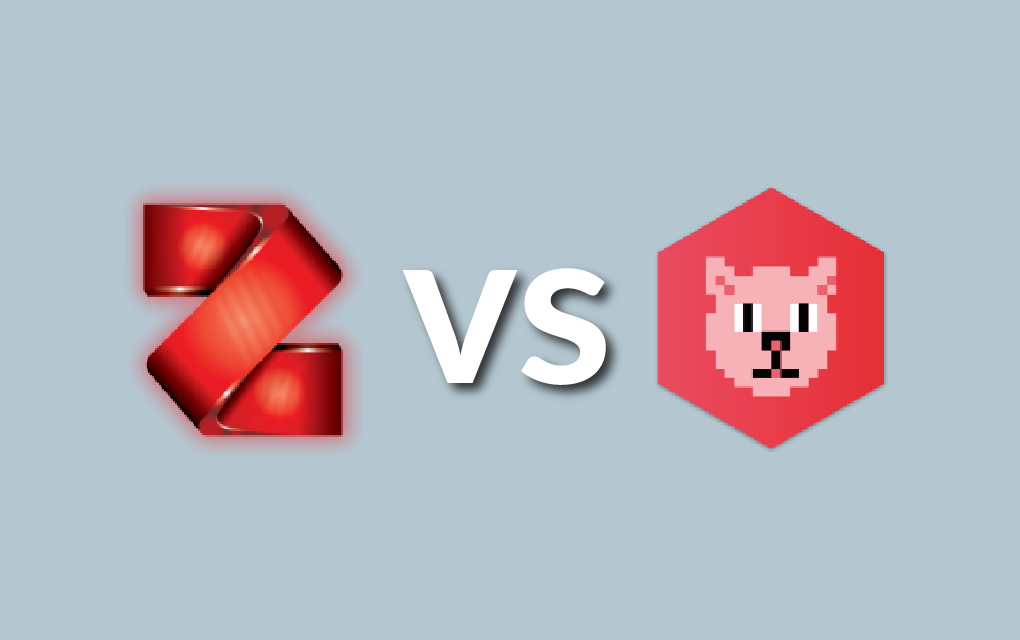
-
GeoTrellis 1.2 Release: New Features & Optimizations
LocationTech GeoTrellis, library that enables distributed processing of geospatial raster data, reached a new milestone in the development timeline.
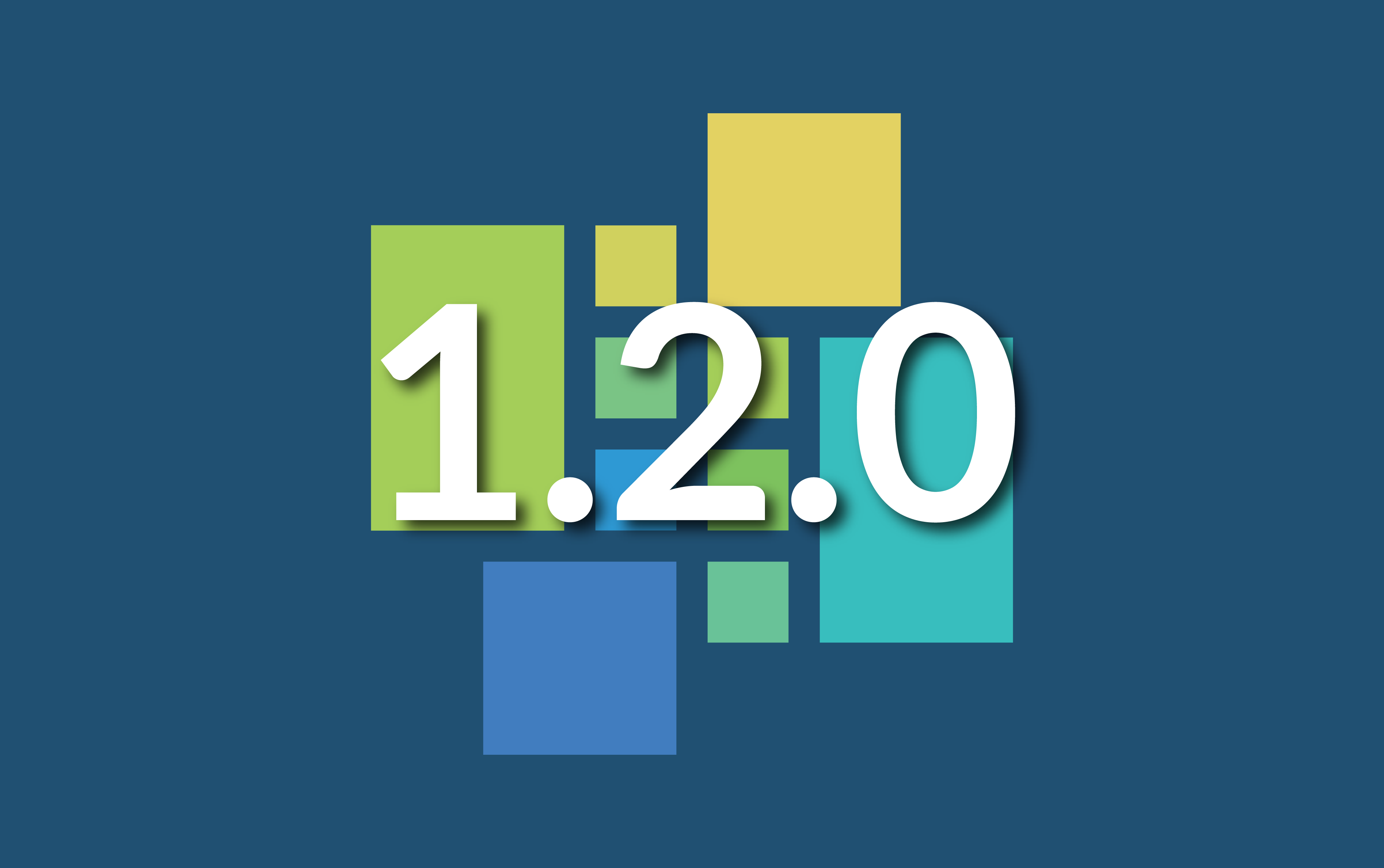
-
A Terraform Module for Amazon Elastic MapReduce
We encapsulated all resources required to launch an Amazon EMR cluster into a reusable Terraform module to leverage for batch GeoTrellis workflows with Apache Spark.
